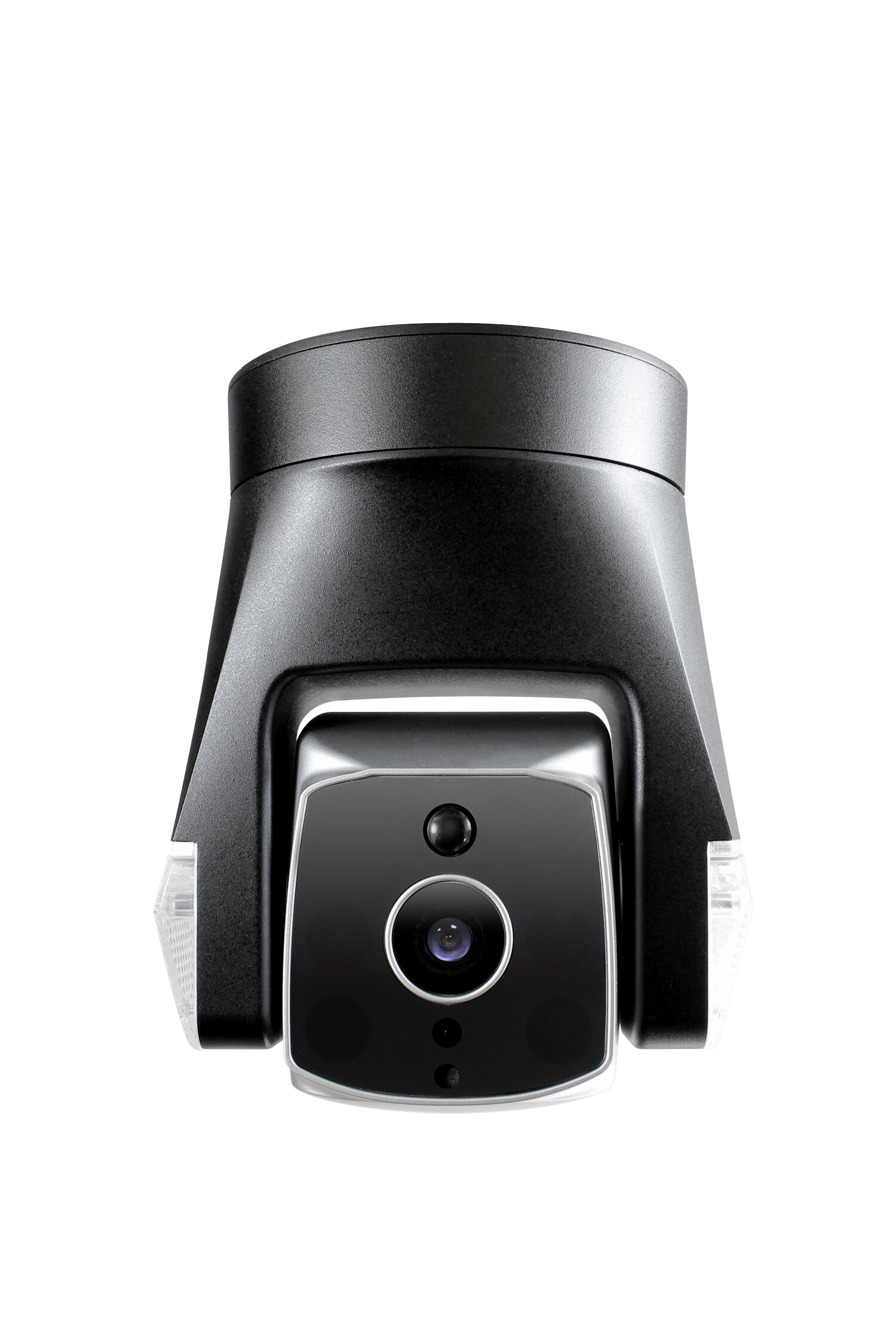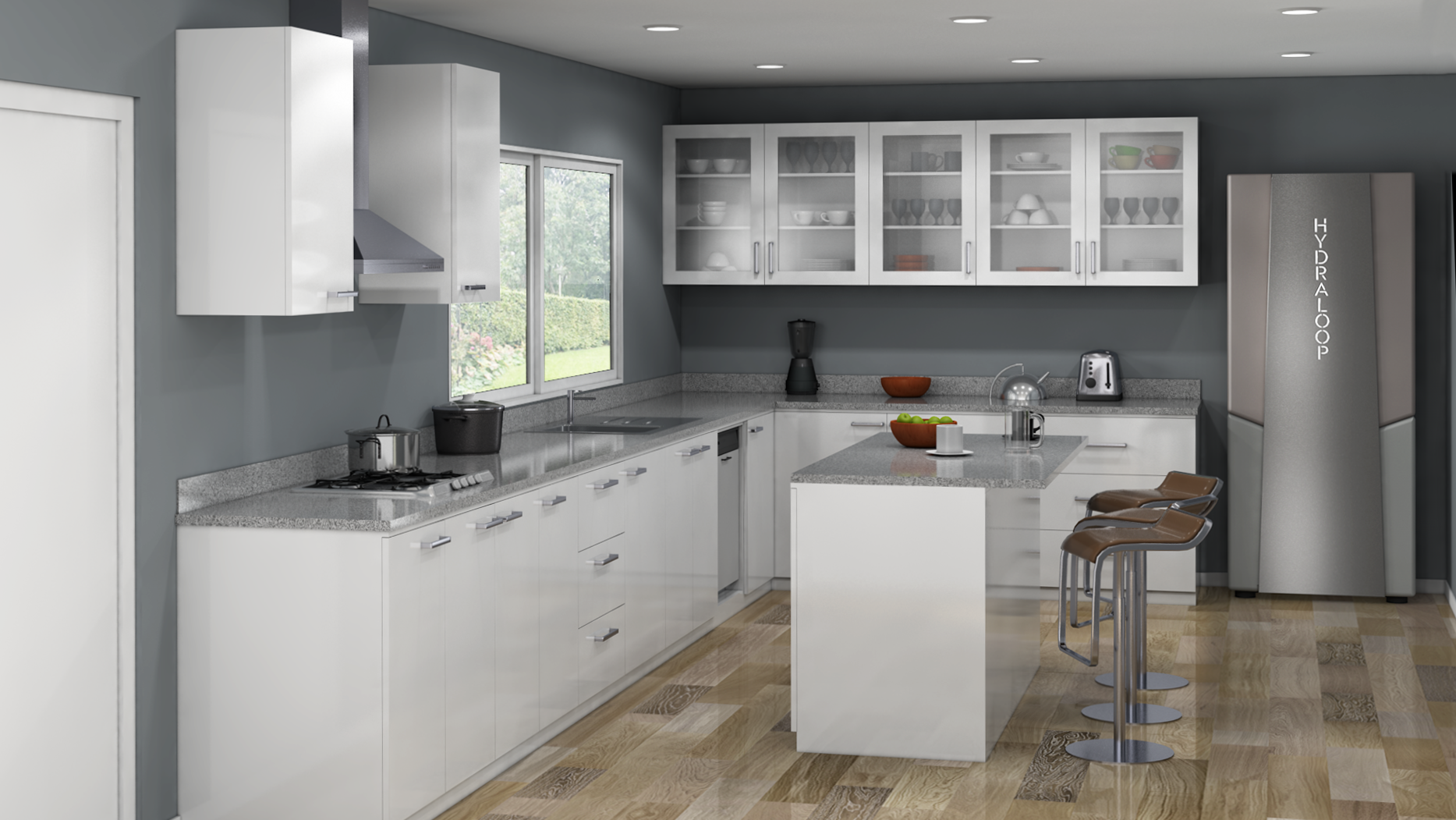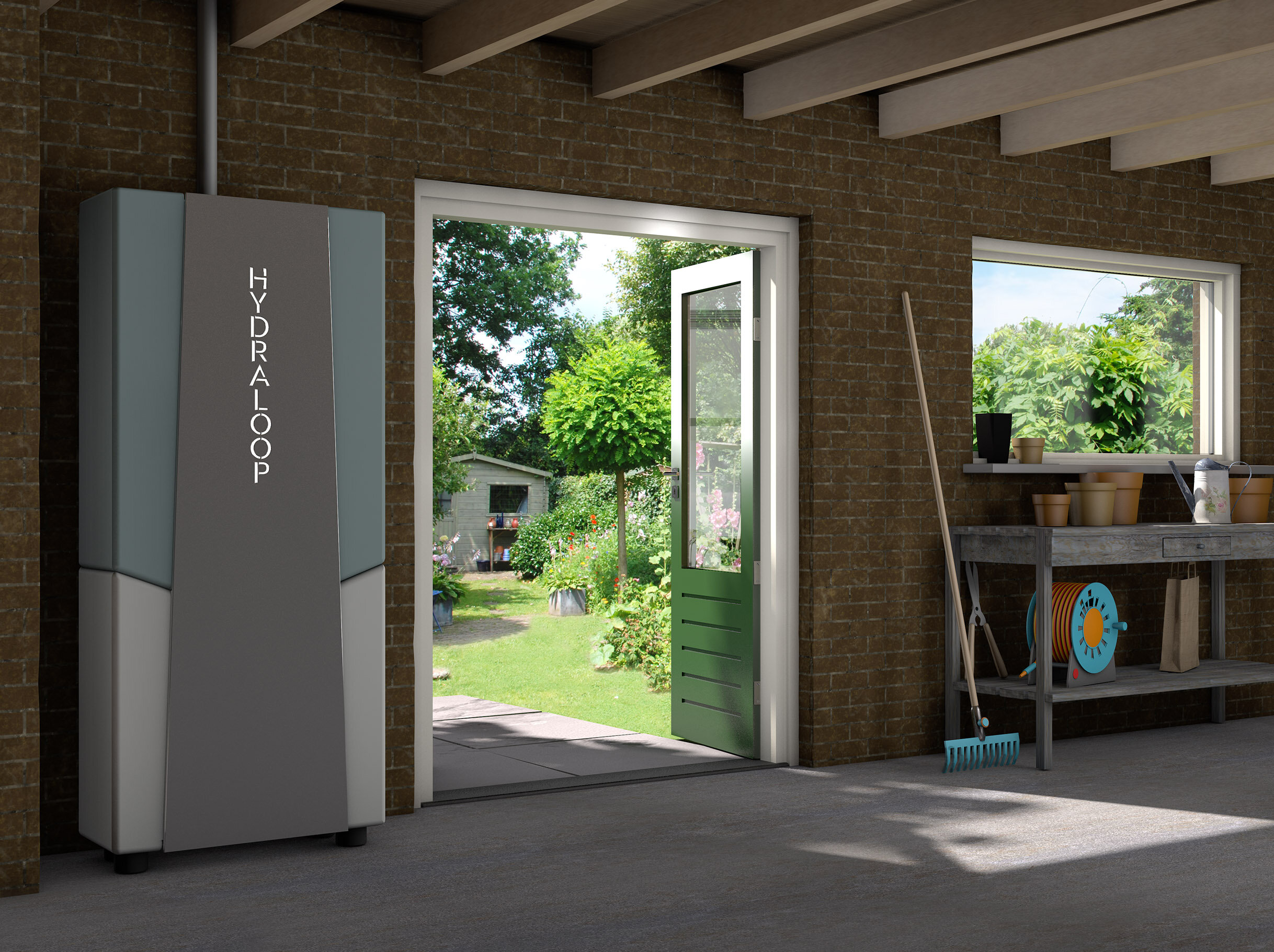Part 1: What are the main developments on the horizon for home tech?
The Future of Home Technology
Part one of this two-part series looks at technology for the house itself and its inhabitants.
By Helen Mitchell, Chief Strategy Officer. First published in Designer Magazine, October 2020.
What’s Smart – and What’s Not
The word ‘smart’ is often misleading when it comes to home tech. Devices aren’t just ‘smart’ because they’re digitally-connected; truly smart devices use some form of AI – machine learning, computer vision, natural language processing or similar - to learn, think and eventually make quite sophisticated decisions. In practice, however, home-tech has often fallen down at a much earlier – and much less intelligent – stage, thanks to incompatible platforms, making last December’s announcement from tech giants Amazon, Apple and Google that they’re forming a joint new working group to develop a royalty-free connectivity standard to increase compatibility very welcome indeed.
Advances are also now afoot to counter another very basic frustration: the messy wiring and proliferation of batteries that smarter homes have brought in their wake, especially challenging for interior designers, who’ve been forced to find endless clever ways to disguise the resulting unsightliness. Wireless charging is finally on its way, however, from providers such as Wi-Charge, whose R1 ultra-compact chargers plug into light or power sockets. Alternately, their technology can be embedded directly into devices by partnering brands. The chargers distribute power with pinpoint accuracy via infrared beams within a 30-foot (9 m) range.
Keeping Unwanted Visitors Out
Technological advances for the home tend to begin outside the front door. 41% of British adults report that they're more concerned than ever about home security, making this a major growth area. Cutting-edge products include Oval Home’s multipurpose sensors, which can detect changes in temperature, light, humidity or motion to protect against theft, damage or extreme environmental conditions, whilst the Ares outdoor camera by Amsterdam-based Amaryllo promises increased security via biometric facial and voice recognition, as well as a 360° capacity to track moving objects.
The Energy-Efficient House
Energy efficiency is increasingly important for house-buyers, especially those buying new-build properties. There’s a growing demand for self-sufficiency through zero-energy net use and holistic energy management systems, with some new-builds even offering the potential for owners to sell on surplus electricity.
The consumer appetite for sustainable consumption is also being directed towards water scarcity. Innovations include the new Rocean One water appliance, which can carbonate, flavour and filter water straight from the tap, eliminating the need for plastic-bottled soft drinks, whilst the Hydraloop household water recycler, winner of four CES ‘Best of’ Innovation Awards at the leading global tech show, recycles 85% of all domestic water. The system works by cleaning and disinfecting shower, bath and washing-machine greywater for re-use for toilet flushing, machine washing, gardens or pools and reduces overall water consumption by 45%.
Here Come the Robots
The promise of robots to take away the most monotonous daily household tasks has been a sci-fi fantasy for decades, but whilst industry has seen huge advances in automation, the hoped-for ideal domestic environment, where the most boring chores are undertaken by robots, is not quite with us yet, with the exception of limited or precision-based tasks. Nonetheless, huge interest in this field and the correspondingly huge competition between major manufacturers to be the first to deliver not only autonomous, mobile and affordable but truly useful robots means first iterations should be with us very, very soon. Who will successfully tap this market’s true potential, however – with the overall AI market set to grow to nearly £150bn by 2025 – remains to be seen.
Tech Inclusivity
Ultimately, smart homes will adapt to the behaviour and preferences of a whole family or group of co-habitors on a personalised basis, identifying who’s home and predicting preferences accordingly. Accessibility will be increasing areas of focus too, with devices becoming ability-aware. We’re starting to see progress outside the home, such as the Code Jumper device from non-profit American Printing House for the Blind, which helps children with visual impairments learn to code and the Voiceitt App, which helps those with motor impairment communicate more easily. The inevitable jump to home devices can’t be far behind.
Not Forgetting the Pets!
Pets are the final household members benefitting from a major focus in home tech, with devices coming onstream promising health monitoring, companionship and entertainment. Chinese company iKuddle, for example, is currently updating its flagship Auto-Pack Self-Cleaning Litterbox with an AI-powered product ecosystem that includes a water fountain and auto-feeder to adjust your pet’s food or water intake, pre-determined by litter box analysis to help monitor its health. Samsung’s tennis-ball-shaped Ballie, meanwhile, is a wheeled AI robot that can patrol the home, control smart devices and act as a fitness buddy to entertain your pets when you’re not at home.
Ready for Part 2?
Part two of the Future of Home Technology series looks at advances in smart tech for the home room by room.
Image courtesy of Wi-Charge
Images courtesy of Amaryllo Inc (Ares) and OVAL Digital, Inc
Images courtesy of Hydraloop Systems BV
Images courtesy of VoiceITT
Thank you for reading.
We’d love to hear your thoughts. Post a comment below or if you would like to find out more, please do get in touch.







